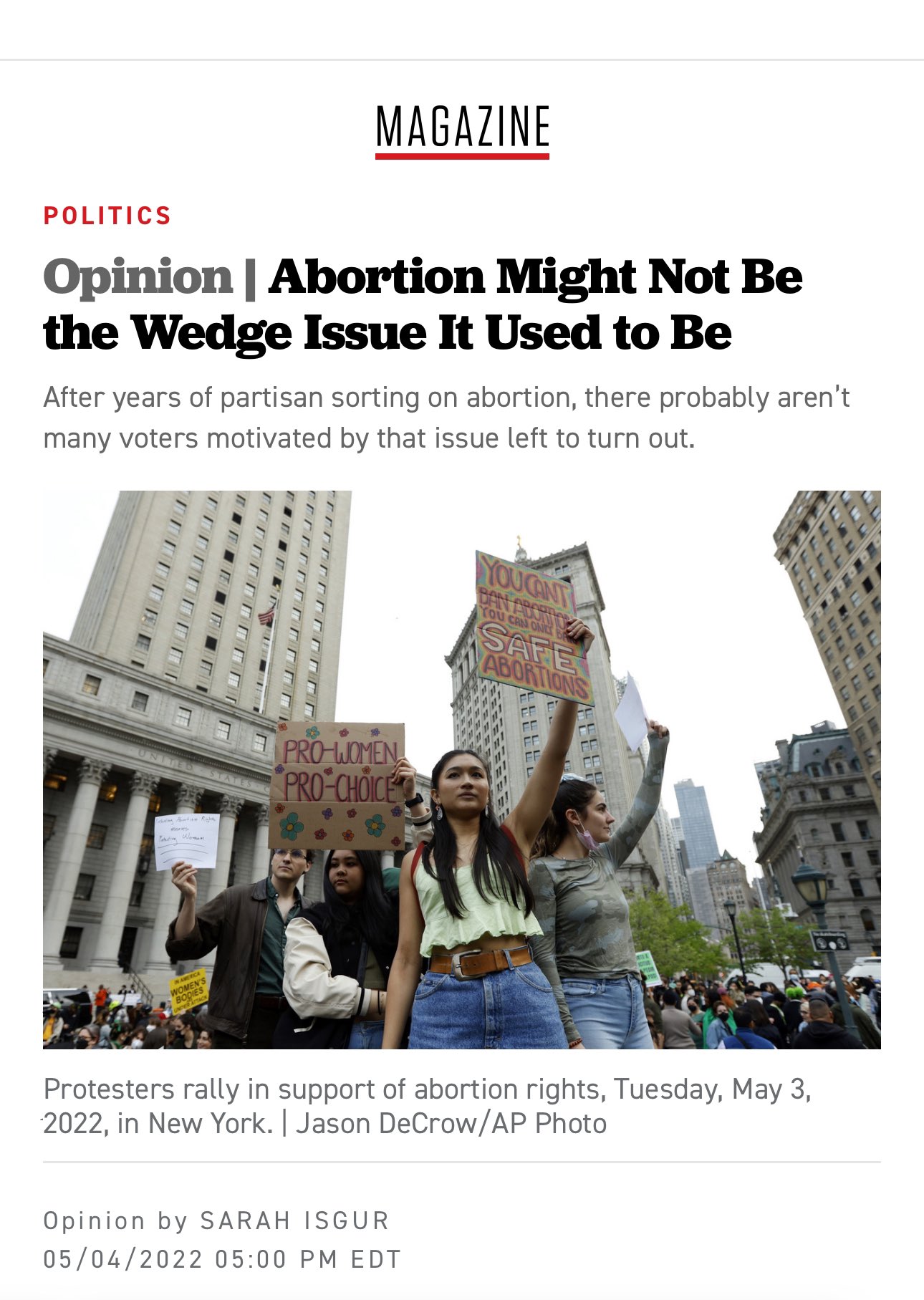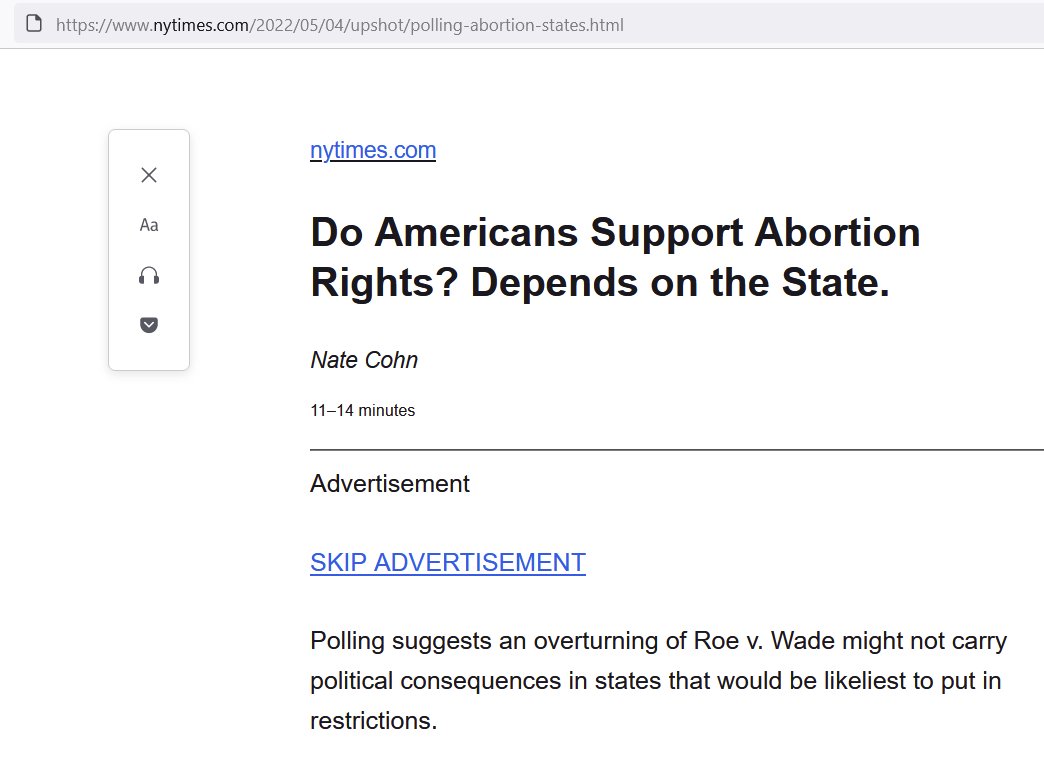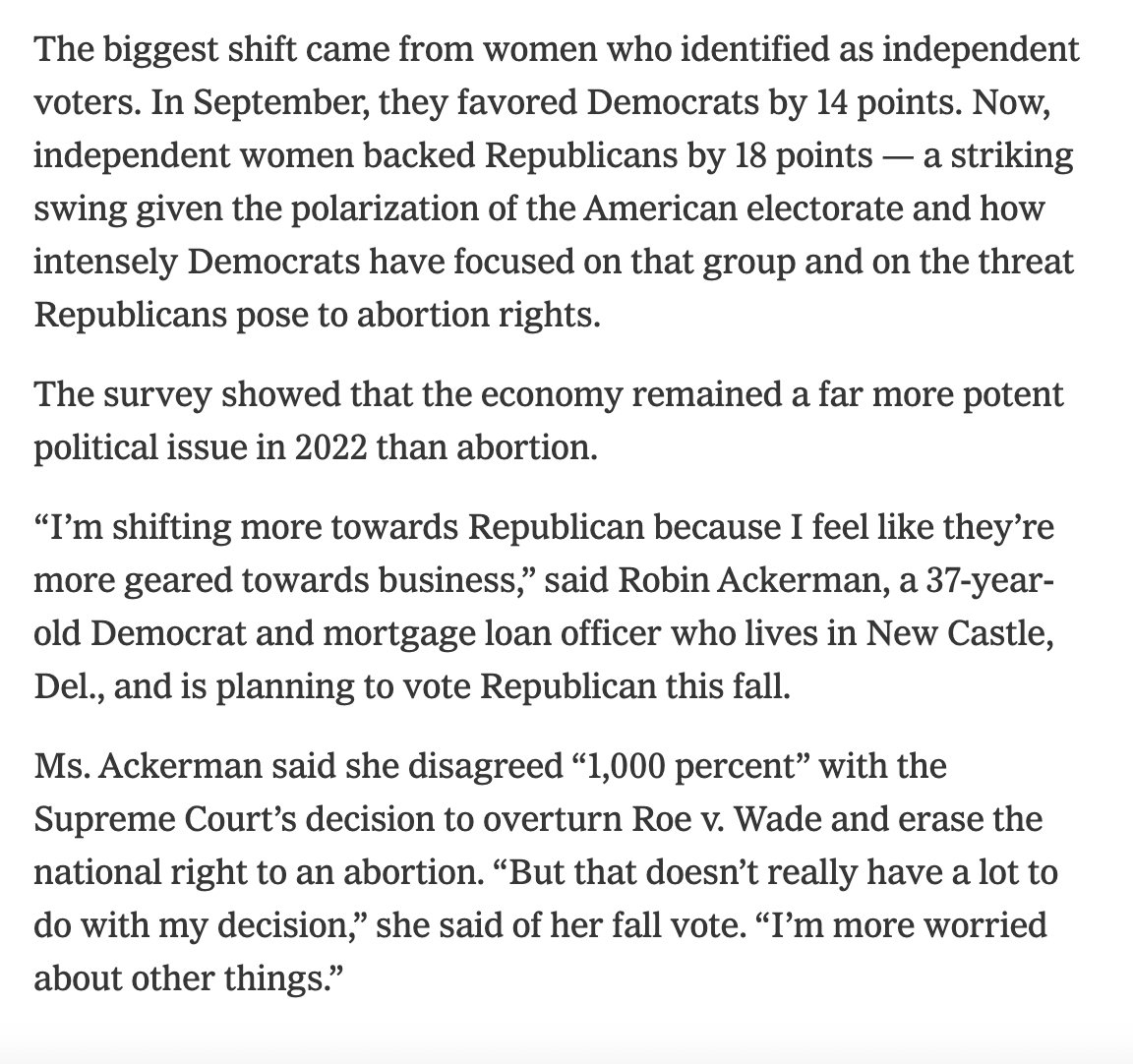The mystery of why this attack on the locavore movement was so bad when legitimate criticisms were so easy to come by would have first gotten a little deeper, then gotten simpler if I had googled the author first.
Pierre Desrochers is associated with pretty much every conservative/libertarian think tank you can think of (the Mises Institute, the American Institute for Economic Research, the Fraser Institute, Cato, The American Enterprise Institute) and apparently plugged in to the right's sinecure economy.
There are a lot of good arguments for locavore skepticism, but none of them seem particularly Austrian Schoolish. There's nothing about the locavore movement that is obviously antithetical to conservative/ libertarian philosophy. If anything just the opposite. It does not require increased taxation, subsidies, or regulation. It is based on encouraging consumers to have an impact through personal choices. It encourages entrepreneurship.
But after a few years of dealing with posts from Cafe Hayek and think pieces from Cato, you start to get a feel for the table and you realize that sometimes the objective is not about winning arguments, or changing policy, or even being consistent with conservative/libertarian values; it's about catharsis and dominance.
Desrochers skips over the many valid arguments for not overemphasizing local foods, and instead creates straw-men versions of locavores who demand everyone eat nothing but food produced within a hundred miles because his target audience wants crude caricatures. People on the other side of the argument are...

A nuanced, fact-based discussion about sustainability and scalability (like the one Joseph and I are about to have on the topic of veganism) would raise serious questions about the locavore movement, but it wouldn't make those tree-hugging liberals look foolish and it wouldn't make all those George Mason faculty members feel good about themselves.
Sunday, July 8, 2012
"Is not" journalism and our excessive tolerance of silliness
On Marketplace yesterday, Pierre Desrochers, author of the Locavore's Dilemma, presented his case against locavores. It did not go well.
There are good arguments against the locavore movement, that it's a distraction, that it isn't scalable, that it's a solution only available to the well-off, that the superiority of local produce is largely due to suggestion, that there's no good business model to support it, that frozen vegetables are actually more nutritious. I don't necessarily agree with all of these, but they're serious arguments that an advocate of the locavore movement have to address.
Desrochers doesn't make any of these arguments, nor will you see him addressing issues like asymmetry of information or monocultures. Instead we get what we so often get from contrarians, shrill and unadulterated silliness. The bar for these "is not" pieces is so embarrassingly low as to barely exclude grunts and spit bubbles. In this case, Desrochers' "arguments"* depend on the following assumptions:
1. Almost everyone will become a locavore;
2. Rather than trying to eat more locally grown food, locavores will eat nothing but local;
3. Even in times of shortage and crop failure, there will be no imports;
4. and despite all of this locavores will continue eating the exact same food in the same seasons.
On top of this, Desrochers doesn't even seem to have kept up with the debate. Consider this:
It's better to grow tomatoes in the Florida sun than in a heated greenhouse in upstate New York because the energy required to transport them 1200 miles is only a fraction of that required to heat greenhouses for several weeks.
Florida tomatoes are literally the
worst possible crop to use as an example here.
In addition to being tasteless, Estabrook also points out that compared to tomatoes from other sources or from a few decades ago, the modern Florida variety have fewer nutrients, more pesticides (particularly compared to those from California), and are picked with what has been described as 'slave labor' (and given the use of shackles this doesn't seem like much of an exaggeration).
Estabrook's book got a tremendous amount of press and it's hard to imagine that anyone who encountered any of that coverage would use Florida tomatoes as an anti-locavore example. By the same token it's hard to imagine that anyone who had been following the discussion of the trend toward fewer varieties of crops with more geographic concentration would use blights and pests to support the status quo as Desrochers does.
I don't want to spend too much time on the locavore debate (if that's what you're looking for, Felix Salmon's a good place to start ). What interests me here is the journalistic phenomena of is-not-ism, We start with a trendy, over-hyped movement. For bonus points, its promoters tend to be self-satisfied, upper class liberals, the kind who annoy even other liberals.
At this point, if you can get someone with reasonable credentials to write an "is not" book taking the opposite position, that's really all that's required. The actual content doesn't matter. Commentators of similar persuasion will promote the book (even those who are smart enough to see through it).. Mainstream media outlets will give the authors airtime in the name of openness and balance.
But openness to new ideas is only a virtue if it's accompanied by some sort of critical facility. We need to start recognizing silliness again and, more to the point, we need to start demanding more.










